Curling Stone Size Chart
Recommended Curling Stone Specifications
| Weight: | |
| Diameter: | 11 inches (28 cm) |
| Height: | 4.5 inches (11.5 cm) |
| Running Surface: | 4.5 inches (11.5 cm) |
| Material: | Granite (from Ailsa Craig, Scotland) |
Looking for the perfect fit? Check Out These Best-Selling Curling Stone.
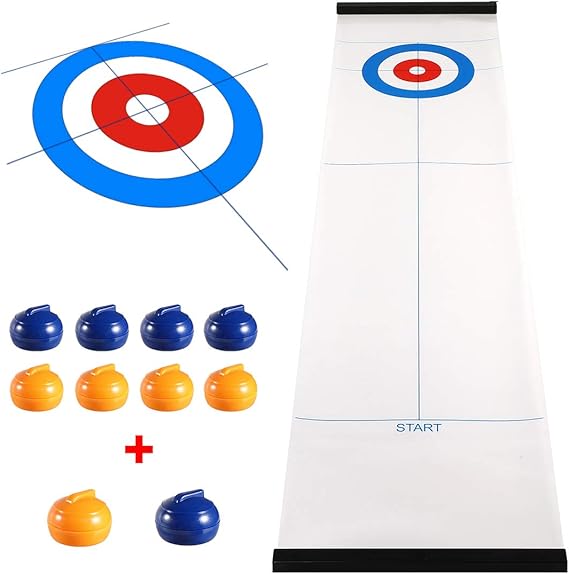
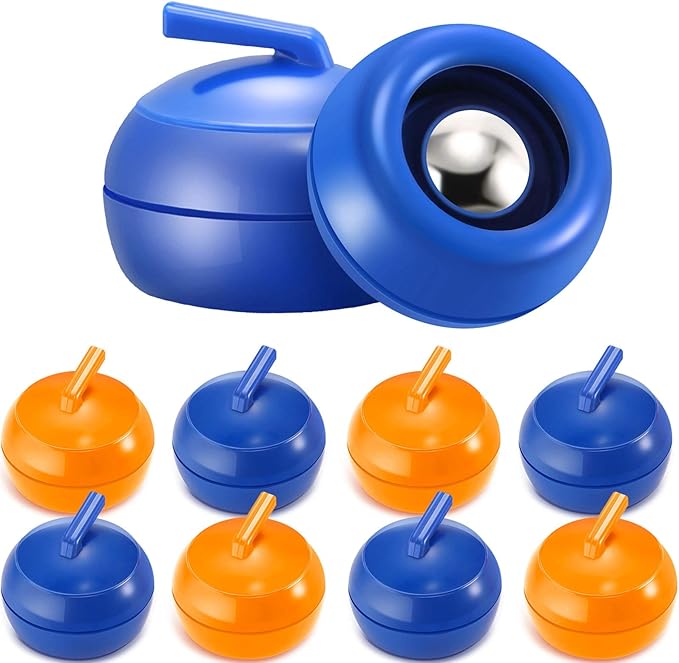
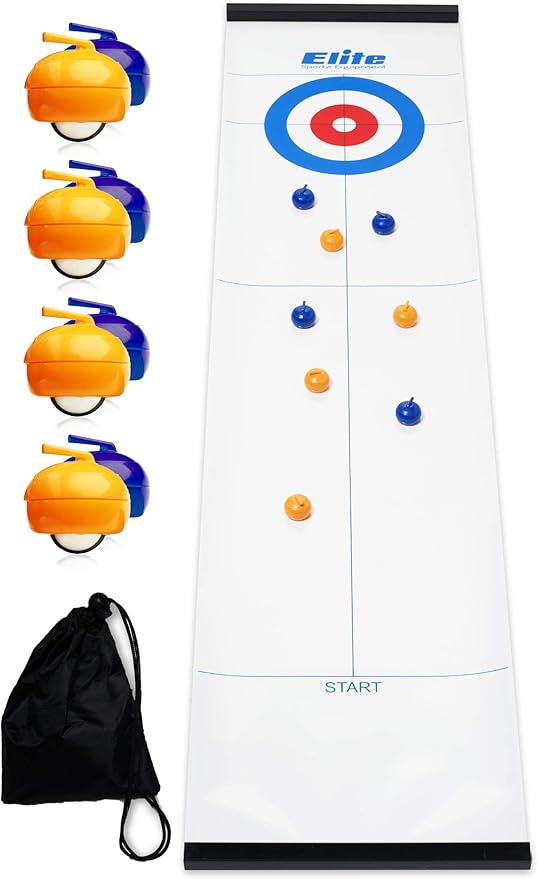
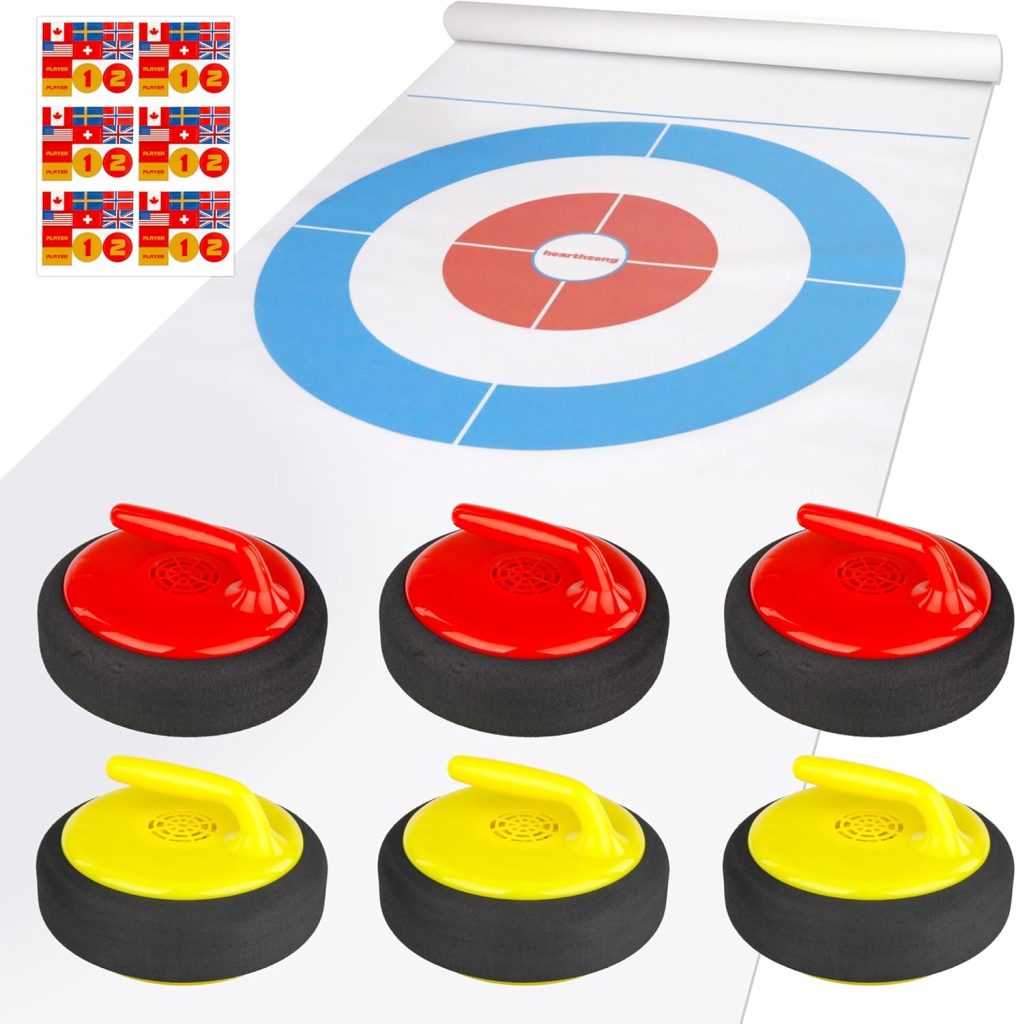
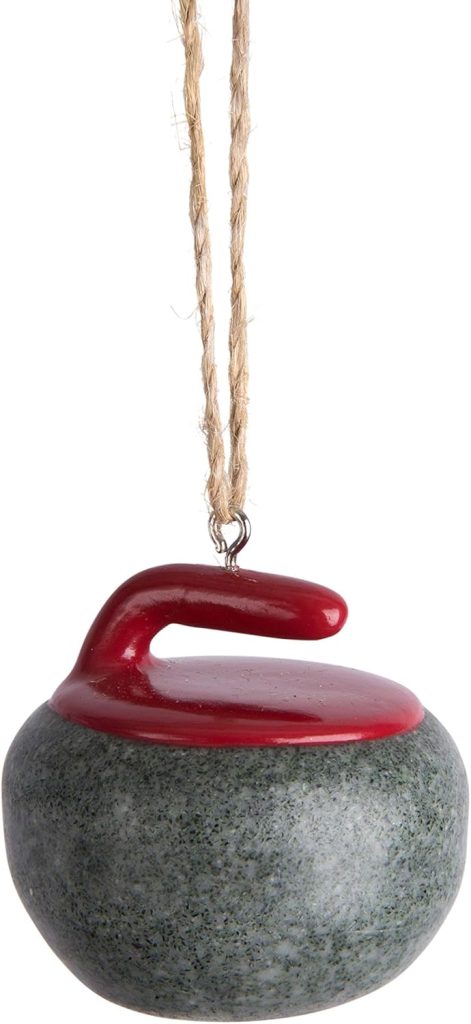
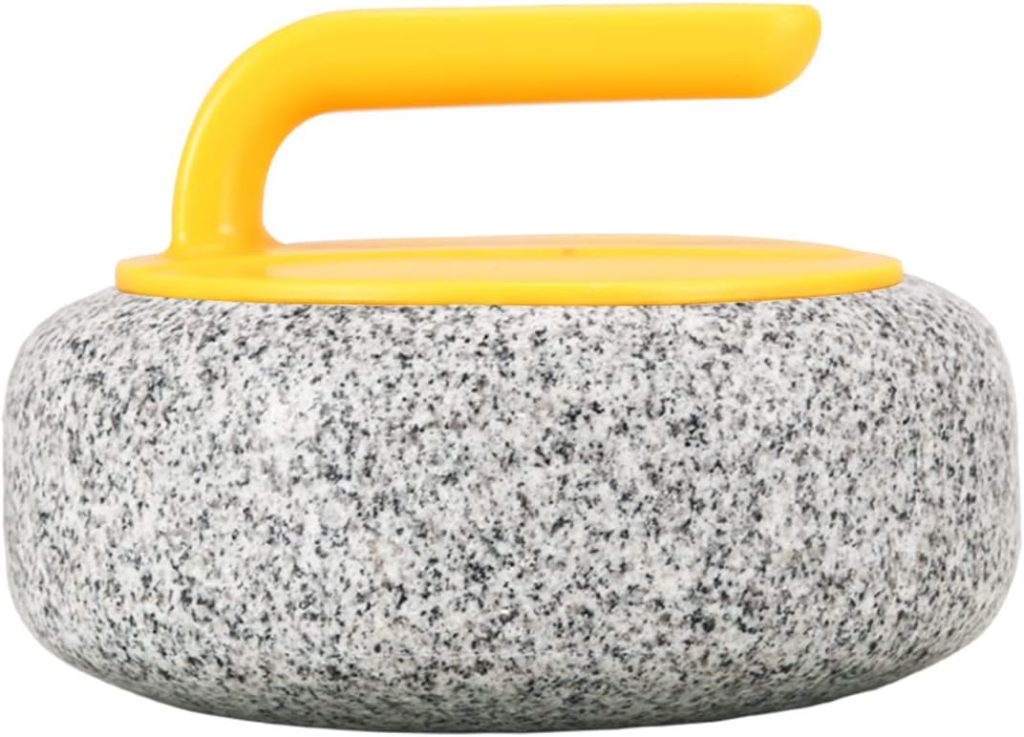
The size of the curling stone is an important factor because it affects how the stone moves on the ice and how it interacts with the curling rink’s conditions. While there isn’t a precise “size chart” like you’d find with clothing or shoes, curling stones do have standard dimensions and weights that are generally used in competitions.
Here is an overview of the typical curling stone specifications:
Standard Curling Stone Dimensions
- Weight:
- Men’s Curling Stone: Typically weighs between 38 to 44 pounds (17.2 to 20 kg).
- Women’s Curling Stone: Often weighs between 33 to 38 pounds (15 to 17.2 kg).
- In competitive events, there are some slight variations in weight depending on the competition rules.
- Diameter:
- The standard diameter for curling stones is around 11 inches (28 cm).
- Height:
- The height of a curling stone is typically around 4.5 inches (11.5 cm).
- Running Surface (Bottom Edge):
- The stone has a concave bottom with a running surface that is approximately 4.5 inches (11.5 cm) in diameter, where the stone makes contact with the ice.
- The “running surface” is slightly raised at the edges, reducing friction with the ice.
Curling Stone Variations
- Type of Stone: Most curling stones are made of granite, and the most common source of granite for curling stones is the island of Ailsa Craig in Scotland, although stones are also made from granite sourced from Wales and Canada.
- Handle: The stone’s handle is placed on top and used to grip and rotate the stone. The handle is typically 3.5 to 4 inches (9 to 10 cm) in diameter, and it has a variety of shapes and grips based on player preference.
Weight Considerations
- Men’s Competitions: Stones typically weigh about 42 pounds (19 kg).
- Women’s Competitions: Stones generally weigh about 38 pounds (17.2 kg).
- Junior Curling: For children or junior curlers, lighter stones are used, typically around 22 to 28 pounds (10 to 12.7 kg).
Summary of Standard Curling Stone Dimensions:
| Specification | Standard Measurement |
|---|---|
| Weight | 38-44 lbs (17.2-20 kg) (Men’s) |
| 33-38 lbs (15-17.2 kg) (Women’s) | |
| Diameter | 11 inches (28 cm) |
| Height | 4.5 inches (11.5 cm) |
| Running Surface | 4.5 inches (11.5 cm) |
| Material | Granite (typically from Ailsa Craig, Scotland) |
Key Points
- Size and Weight: In official curling competitions, the stones’ weight and size are standardized, with only slight variations allowed depending on the gender or level of play (e.g., junior curling).
- Stone Usage: Curling stones are made of high-quality granite to withstand the impact of repeated use, and they are often maintained with regular resurfacing.
FAQs About Curling Stone Size Chart
1. What is the standard size of a curling stone?
A regulation curling stone has:
- Diameter: 11 inches (28 cm)
- Height: 4.5 inches (11.4 cm)
- Weight: 38-44 lbs (17-20 kg)
2. Are all curling stones the same size?
For official games, yes. However, recreational curling stones may be smaller and lighter for beginners or youth players.
3. What is the weight of an Olympic curling stone?
Olympic and professional stones weigh 44 lbs (20 kg), including the handle and bolt.
4. What material are curling stones made from?
Curling stones are made from granite, primarily sourced from Ailsa Craig (Scotland) and Trefor Granite Quarry (Wales).
5. Do curling stone sizes differ for youth or wheelchair curling?
Yes!
- Youth stones: 20-30 lbs (9-14 kg) for easier handling.
- Wheelchair curling stones: Same size as standard stones but delivered without a slide.
6. What is the size of a curling stone handle?
The handle extends about 6 inches (15 cm) above the stone and comes in different colors for team differentiation.
7. Why are curling stones so heavy?
The weight helps the stone glide smoothly across the ice and maintain momentum while following the intended path.
8. Can curling stones be customized?
Yes! Some clubs or teams personalize stones with logos, colors, or engravings on the handle.
9. Are there different curling stone sizes for different types of ice?
Most curling stones remain the same size, but some outdoor curling events use heavier stones to account for natural ice variations.
10. How long does a curling stone last?
With proper maintenance, a curling stone can last 50-100 years, as granite is extremely durable.
Conclusion
Curling stones have standardized sizes and weights for official play, but lighter versions exist for beginners and youth players. Choosing the right curling stone ensures the best experience on the ice! 🥌❄️






